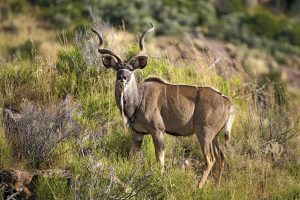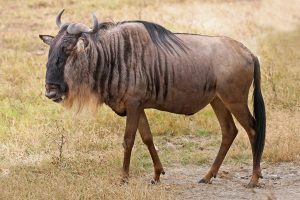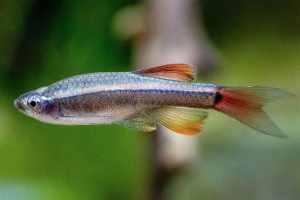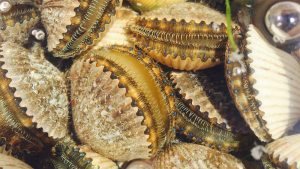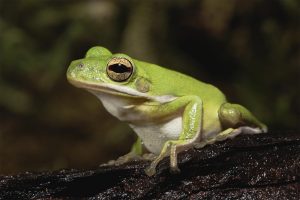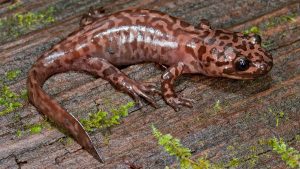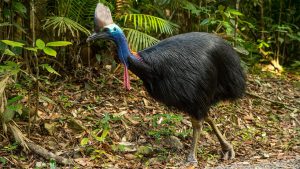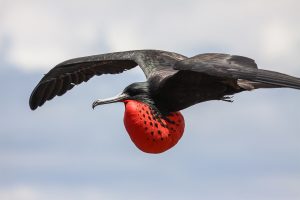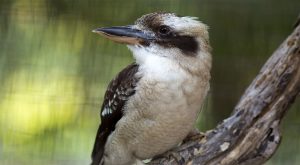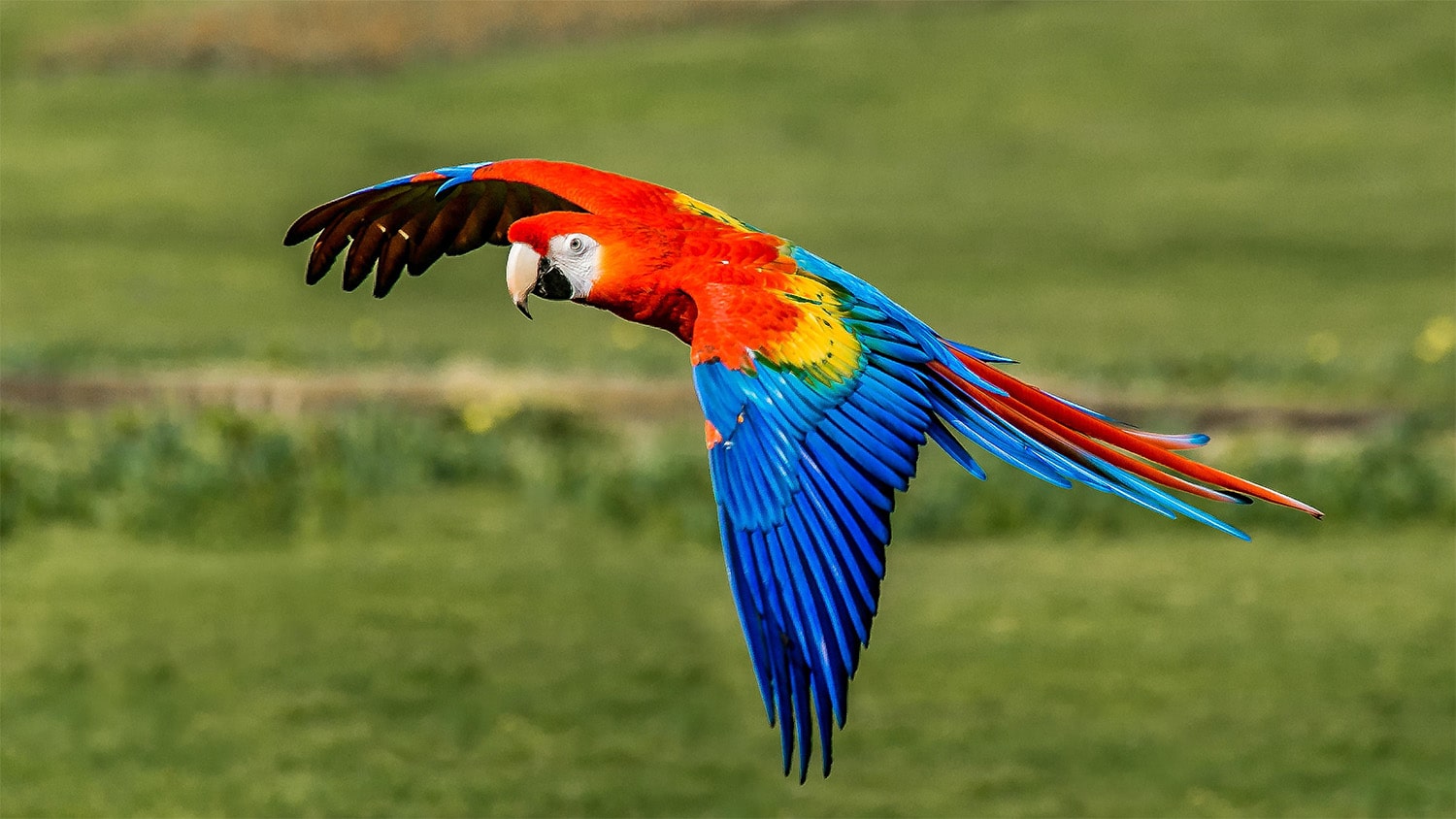
36 interesting facts about scarlet macaws
- 👁️ 345
Scarlet macaws are one of the most magnificent and vibrant birds found in the wild. Known for their striking scarlet feathers and long, beautiful tails, they have captivated bird enthusiasts and nature lovers alike. Native to the humid evergreen forests of Central and South America, these birds play a significant role in their ecosystems. Scarlet macaws are not just a treat for the eyes; they also exhibit fascinating behaviors and have a complex social structure. Their intelligence and ability to mimic human speech have made them popular pets, though this has also led to challenges in their conservation. Here are 36 interesting and informative facts about scarlet macaws that showcase their beauty, behavior, and the efforts to protect them.
- Scarlet macaws (Ara macao) are one of the largest species of parrots in the world.
- They can live for up to 50 years in the wild and even longer in captivity, with some reaching 75 years.
- Scarlet macaws have a wingspan of up to 1 meter (about 3.3 feet), making them formidable fliers.
- They are predominantly scarlet but have yellow and blue feathers on their wings and tail.
- Native to rainforests of Central and South America, their range extends from southern Mexico to the Amazonian region of Brazil and Bolivia.
- These birds are monogamous and form pair bonds that last a lifetime.
- They have powerful beaks that can easily crack nuts and seeds, which make up a large part of their diet.
- Scarlet macaws also eat fruits and nectar, playing a role in seed dispersal and pollination.
- These birds can fly at speeds of up to 35 miles per hour.
- Scarlet macaws are known for their loud calls, squawks, and screams, which can be heard miles away.
- They are highly social birds that can often be seen in groups, especially during roosting.
- The preen gland near the tail of a scarlet macaw secretes an oil that the bird spreads on its feathers to waterproof them.
- They are capable of mimicking human speech and sounds.
- Habitat loss due to deforestation is the primary threat to their survival in the wild.
- Illegal pet trade has also significantly impacted scarlet macaw populations.
- In the wild, scarlet macaws often make their nests in dead palm trees.
- Fledgling scarlet macaws stay with their parents for up to 2 years.
- These birds have zygodactyl feet, with two toes facing forward and two backward, which helps them grasp branches and food.
- Scarlet macaws use their tail feathers for balance and their facial feather patterns are unique to each individual, much like human fingerprints.
- Some indigenous tribes consider scarlet macaws as sacred animals.
- They have a varied vocal range and can produce a wide range of sounds to communicate with one another.
- The largest known gathering of scarlet macaws is in the Tambopata National Reserve in Peru, where hundreds can be seen at clay licks.
- Scarlet macaws are intelligent and require mental stimulation to prevent boredom, especially in captivity.
- Conservation efforts for scarlet macaws include breeding programs, habitat preservation, and anti-poaching measures.
- Scarlet macaws have been depicted in art and mythology of indigenous cultures throughout their range.
- These birds are susceptible to a number of diseases, including psittacosis, a type of chlamydia that can also infect humans.
- Environmental toxins, such as pesticides, pose a risk to their health and longevity.
- The introduction of non-native species has sometimes resulted in competition for nesting sites.
- Scarlet macaws have no natural predators in the wild except for large birds of prey, such as harpy eagles.
- Juvenile scarlet macaws are more greenish in color, which provides camouflage among the forest canopy.
- The bird’s strong, flexible tongue has a bone inside it, aiding in eating.
- Scarlet macaws are often a symbol of the rainforest and are used in campaigns for rainforest conservation.
- They participate in geophagy, the practice of eating clay to detoxify their diet.
- Research studies have shown that scarlet macaws can understand basic concepts like color and shape recognition.
- The breeding season for scarlet macaws varies by region but generally occurs once a year.
- Conservation status of scarlet macaws is listed as “Least Concern” by the IUCN, but their populations are decreasing.
Scarlet macaws are not only a symbol of the tropical forests they inhabit but also a reminder of the richness of biodiversity and the importance of conservation efforts to protect these stunning creatures and their habitats. Their vivid colors, social nature, and intelligence make them one of the most fascinating birds in the avian world. Through continued conservation work and awareness, we can hope to ensure that future generations will still be able to witness the beauty and marvel of the scarlet macaws in their natural environments. The efforts to protect them are crucial in maintaining the delicate balance of their ecosystems and preserving the cultural significance they hold for many indigenous communities. As we learn more about these magnificent birds, we deepen our understanding of the complex web of life they are a part of, highlighting the interconnectedness of all living beings. The story of the scarlet macaw is a powerful testament to the beauty of our natural world and the ongoing journey of conservation.
